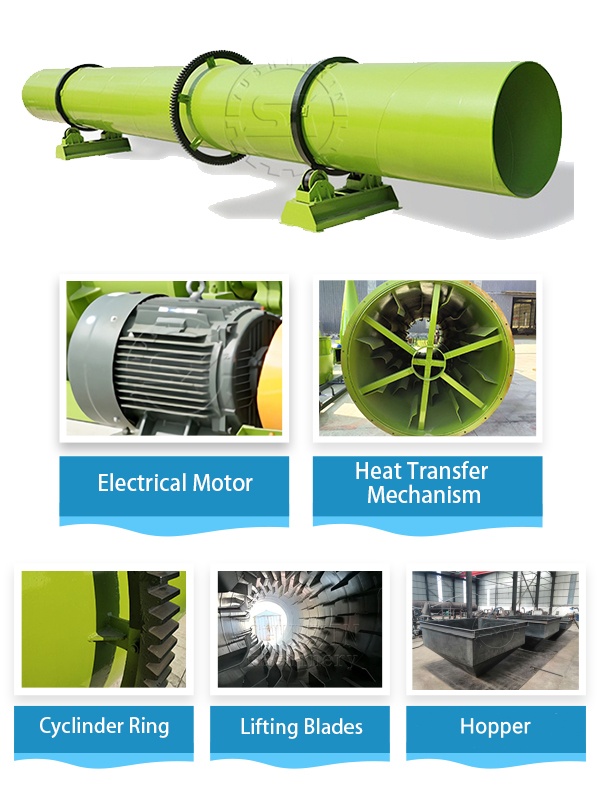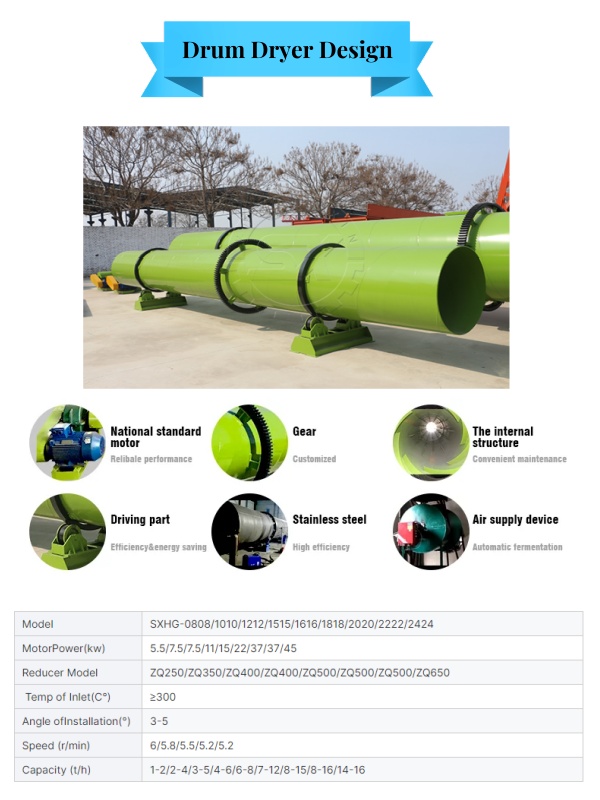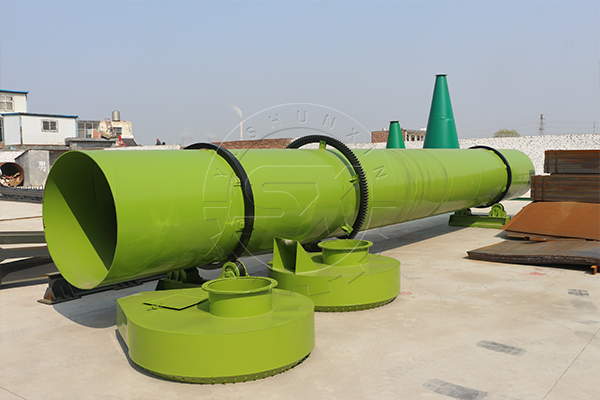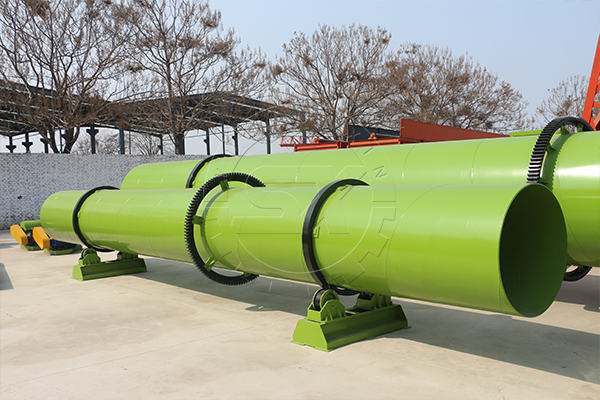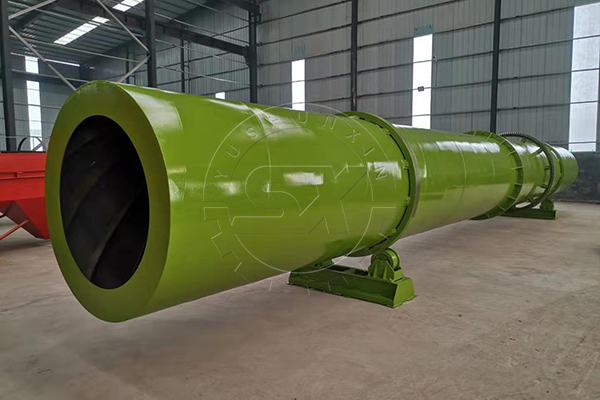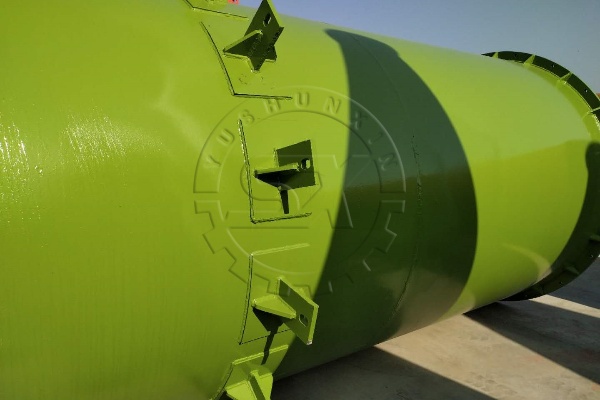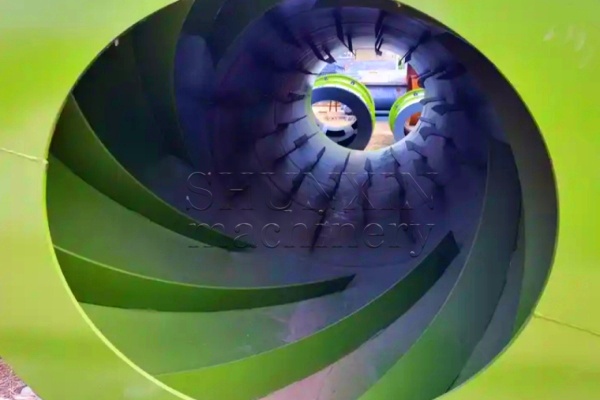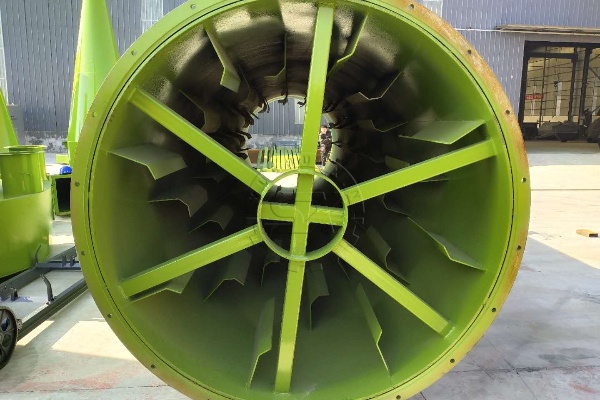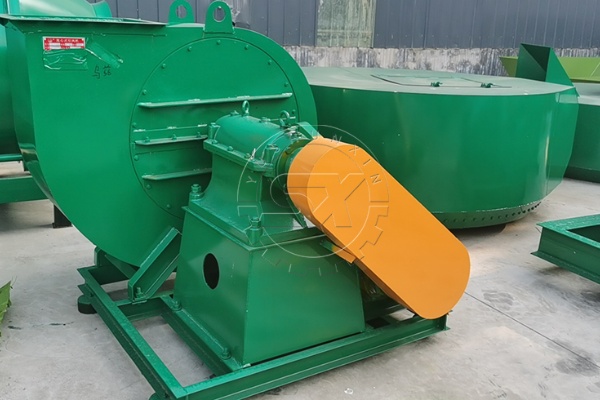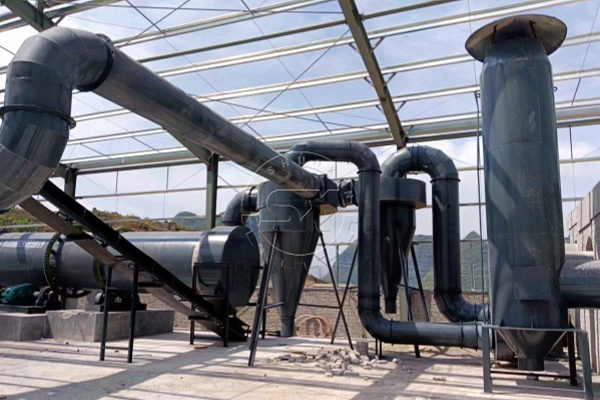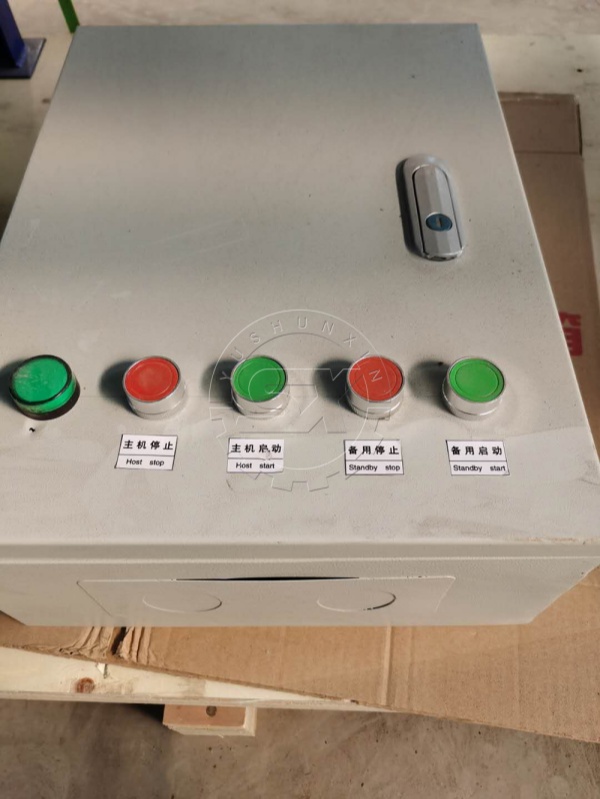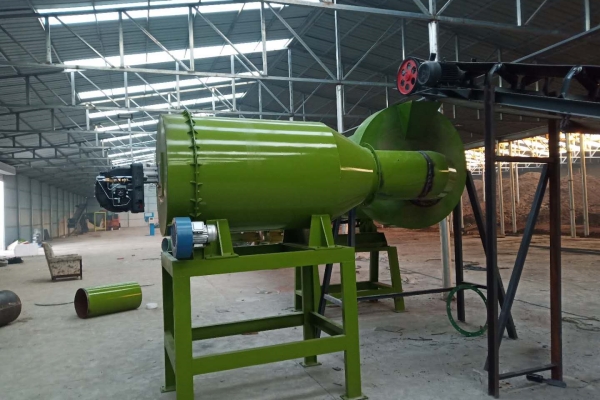What is the original intention of rotary dryer design?
The rotary dryer is designed to provide a continuous and efficient method for drying materials. Rotary dryers were developed in the early 1900s to address the time-consuming and inefficient process of drying materials using traditional methods, such as hanging or placing to air dry.
Rotary dryers were originally designed to dry agricultural and food products, such as grains, fruits and vegetables. However, the design has been adapted for a wide range of industrial applications over time, including drying minerals, chemicals and other materials. Nowadays, rotary dryers are widely used in mining, agriculture, food processing and chemical processing industries.
What factors will affect the design of a rotary drum drying machine?
The design of a rotary drum dryer depends on several factors, including the type and characteristics of the material to be dried, the moisture content of the material, the desired drying rate, the heat transfer mechanism, and the energy available.
Reliable & Durable Cover
Which parts are the key design of rotary dryer?
The rotary dryer has several key design points, such as drum size and shape, blade design, heat transfer mechanism, heat transfer rate and temperature, exhaust system and control system, etc.The following are the explanation of these design points.
Drum size and shape
The size of the drum depends on the capacity of the material to be dried, and the shape of the drum depends on the type of material to be dried. To ensure high drying efficiency, the length and diameter of the drum should be optimized in the design, and the accumulation of materials should be minimized as well.
Heat transfer mechanism
There are direct or indirect heat transfer mechanisms. In direct heat transfer, the material and the heating medium can contact directly. In indirect heat transfer, the heat transfer medium such as steam, hot water or heat conduction oil is of use to heat the dryer. The choice of the heat transfer mechanism will depend on the properties of the material to be dried and the energy available.
Airflow rate and temperature
You should optimize the airflow rate and temperature to avoid drying excessively. In addition, they will depend on material characteristics, desired drying rate and heat transfer mechanism.
How will we design rotary dryer for customers?
After customers purchase our rotary dryers, our engineer will customize it according to customers’ needs. Primarily, we study and calculate the rotary dryer, and draw the diagram of the rotary dryer. In some detail,customers may request to use integrated steel pipes, or to polish the surface of the cylinder to make it look more beautiful.In our after-sales service, we also provide animated installation teaching videos, which are easy to learn and easy to operate.
As the supporting facilities of rotary dryer, what are the highlights of the design of hot blast stove?
The design of hot blast stove generally includes combustion chamber, heat exchanger and fan. The combustion chamber is where fuel burns to produce heat. A heat exchanger is a device that transfers heat from the combustion chamber to the air that will be of use to dry the fertilizer. A fan is of application to circulate hot air from the stove to the dryer.
The design of hot blast stove must carefully achieve the best performance, efficiency and safety. The following are some highlights of hot blast stove design.
In general, hot blast stove design is a complex process that requires an in-depth understanding of thermodynamics, combustion, and materials science. The highlights mentioned above are just a few of the key factors that must be considered to achieve a safe, efficient and reliable furnace.
How do you recycle the waste gas produced by rotary dryer?
During the drying process, exhaust gases containing heat and water appear. Recycling this waste gas is beneficial for the environment and good for the economy. Here are some ways to recycle the exhaust gas of rotary dryers:

